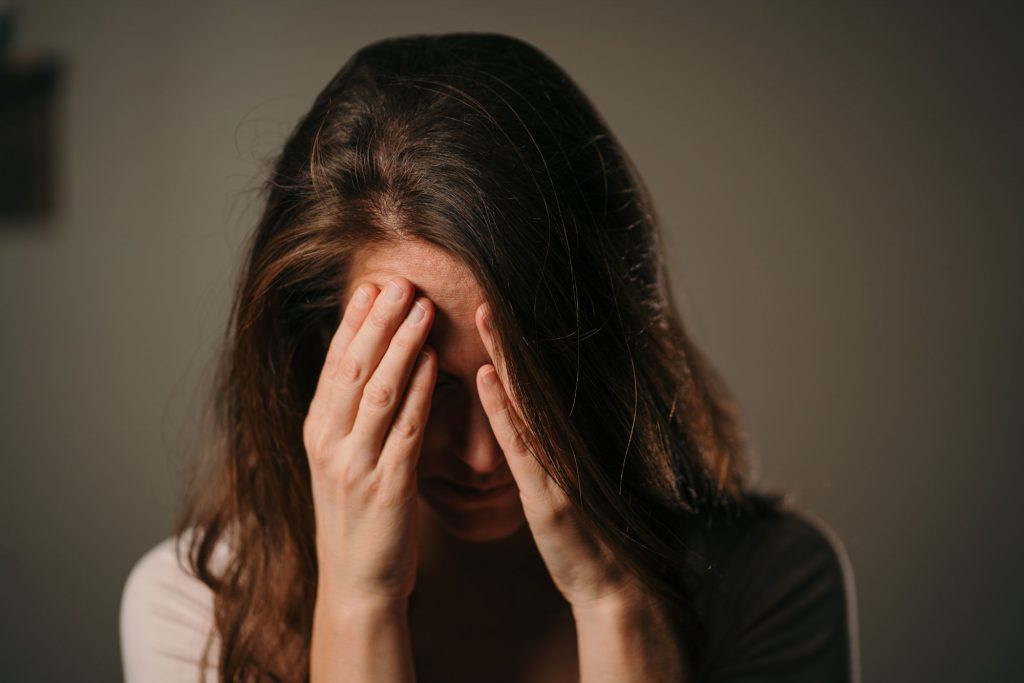Why Women Get Migraines More Than Men

Why Women Get Migraines More Than Men
Migraines are a common neurological disorder that affects millions of people worldwide. While both men and women can suffer from migraines, research suggests that women are more likely to experience them compared to men.
One possible reason for this gender difference is hormonal fluctuations. Estrogen, a hormone that fluctuates throughout the menstrual cycle, has been linked to migraines in women. Women often report migraines around menstruation, during pregnancy, and in menopause – all times when hormone levels are in flux.
Another factor that may contribute to women’s higher susceptibility to migraines is genetics. Studies have shown that migraines tend to run in families, and women are more likely to inherit the genetic predisposition for migraines.
Social and psychological factors could also play a role in why women experience migraines more frequently than men. Stress, anxiety, and depression are known triggers for migraines, and women are more likely to report experiencing these conditions.
Add to that the fact that women are more likely to seek medical help and report their symptoms, leading to a higher rate of migraine diagnosis among women compared to men.
Furthermore, research has shown that women are more sensitive to certain migraine triggers, such as changes in sleep patterns, certain foods, and environmental factors. This heightened sensitivity could contribute to why women get migraines more often than men.
In conclusion, while the exact reasons for why women experience migraines more than men are not fully understood, hormonal fluctuations, genetics, social and psychological factors, and heightened sensitivity to triggers may all play a role in this gender disparity.





